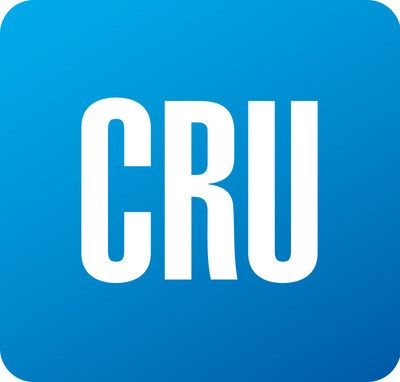Scrap Prices North America

CRU: Asian Demand Spike Causes Global Metallics Price Increase
Written by Ryan McKinley
January 15, 2021
By Senior Analyst Ryan McKinley, from CRU’s Steelmaking Raw Materials Monitor
The CRU metallics price indicator (CRUmpi) increased by 8.3% m/m in May to 370.7. Following China’s removal of a VAT rebate for steel exports, scrap markets in Asia surged. This momentum carried over to Turkey, where scrap import prices rose substantially m/m, although upward price movements were much more limited in the U.S., Europe and Russia. However, ore-based metallics prices did spike in these latter three markets—especially pig iron.

Metallics prices in nearly every market we cover increased, in some cases substantially, m/m in May. This rise was driven primarily by a demand spike in Asian markets, particularly following the revocation of a VAT rebate for Chinese finished steel exporters. Even within China, strong steel capacity utilization rates and rising iron ore prices caused mills to increase scrap consumption, resulting in a substantial domestic price increase m/m. Rising steel and scrap prices in Asia carried over to Turkey, where scrap import prices rapidly increased in early and mid-May. However, this same momentum did not translate into substantially higher U.S. or European scrap prices, as the bulk of May trade in those regions occurred prior to the price increases in Turkey. Ore-based metallic prices also rose m/m, but pig iron price rises vastly outpaced those for HBI.
The most immediate impact of China’s VAT tax rebate removal on international scrap prices occurred in other Asian markets. With billet prices spiking as a result of this removal, scrap importers in countries like Vietnam sought to obtain material as quickly as possible and therefore preferred to source from Japan rather than the U.S. With the Japanese scrap market already tight, domestic pricing there also rose rapidly and forced mills to increase bids quickly.
Within China itself, the rebate removal has done little to temper rising steel demand and pricing. Mill margins have expanded to levels not seen since 2017, and this is causing steel producers to ramp up output wherever possible. Between this demand-side pull and higher raw material prices for inputs like iron ore, domestic scrap prices in China rose by nearly 13% m/m.
These price increases in Asia have carried over into Turkey, where finished steel exporters now have an opening with fewer Chinese exports in the market even as demand remains strong. This has spurred an influx in scrap buying activity, with import prices for HMS 1/2 80:20 now in excess of $500 /t CFR compared to $430 /t CFR a month earlier. This increase has been strong enough that exporters in the U.S. and Russia are now selling scrap at a premium to their own domestic markets.
By comparison, domestic scrap price increases in the U.S. and Europe were notably smaller than in other parts of the world. This is principally because the bulk of domestic trading occurred prior to these larger price hikes in other parts of the world—especially Turkey. In Russia, prices in some regions actually declined m/m.
While price increases for scrap were relatively small in western markets, pig iron prices soared m/m. In the U.S., this can be attributed to record-high HR coil prices coinciding with a shortage of prime grade scrap supply. Brazilian pig iron export offers rose by nearly $100 /t m/m on strong sales into the U.S., Mexico, and even Turkey. HBI prices also increased but were much more in line with increases seen in scrap markets.
Outlook: Price Momentum Likely to Carry into June
With finished steel prices continuing to rise, we do not anticipate that demand for metallics will fall in the near term. Although supply has risen in many markets as prices continue their upward trajectory, it does not appear that has been enough to offset increases in demand. As such, we expect to see higher prices again in June, although it is likely that Western markets will be playing catchup to those in the East.

Request more information about this topic.
Learn more about CRU’s services at www.crugroup.com

Ryan McKinley
Read more from Ryan McKinleyLatest in Scrap Prices North America

HRC vs. scrap spread widens over $150/ton in March
The HRC vs. prime scrap spread increased again in March.

HRC vs. prime scrap spread increases in February
The price spread between hot-rolled coil (HRC) and prime scrap widened in February ahead of the implementation of President Trump’s tariffs on steel.
HRC vs. prime scrap spread narrows again in January
The price spread between hot-rolled coil (HRC) and prime scrap continued to narrow in January, according to SMU’s most recent pricing data. While SMU’s average HRC price edged down week over week (w/w), it rose compared to a month ago. The January price for busheling also increased from December. Our average HRC price as of […]

HRC vs. prime scrap spread flat in November
The price spread between hot-rolled coil (HRC) and prime scrap remained the same in November as both tags were at the levels seen a month earlier, according to SMU’s most recent pricing data.

HRC vs. busheling spread narrows slightly in October
The price spread between hot-rolled coil (HRC) and prime scrap narrowed marginally in October, according to SMU’s most recent pricing data.
